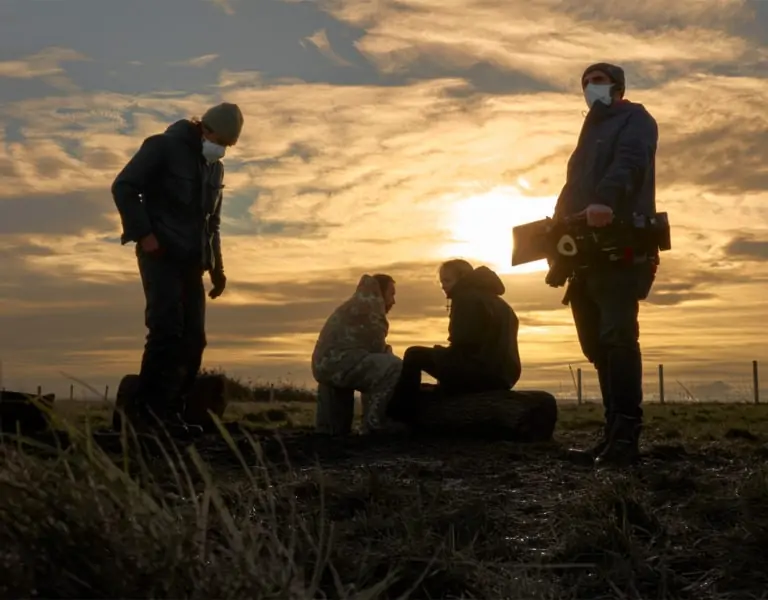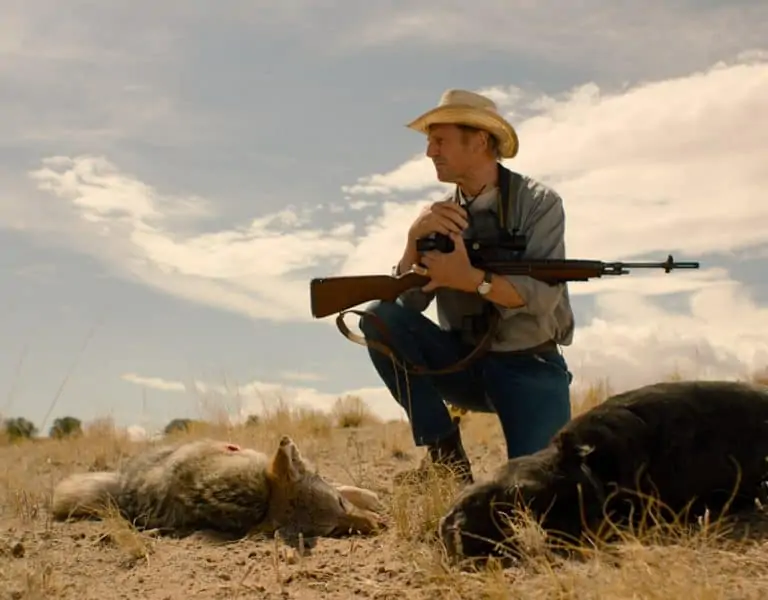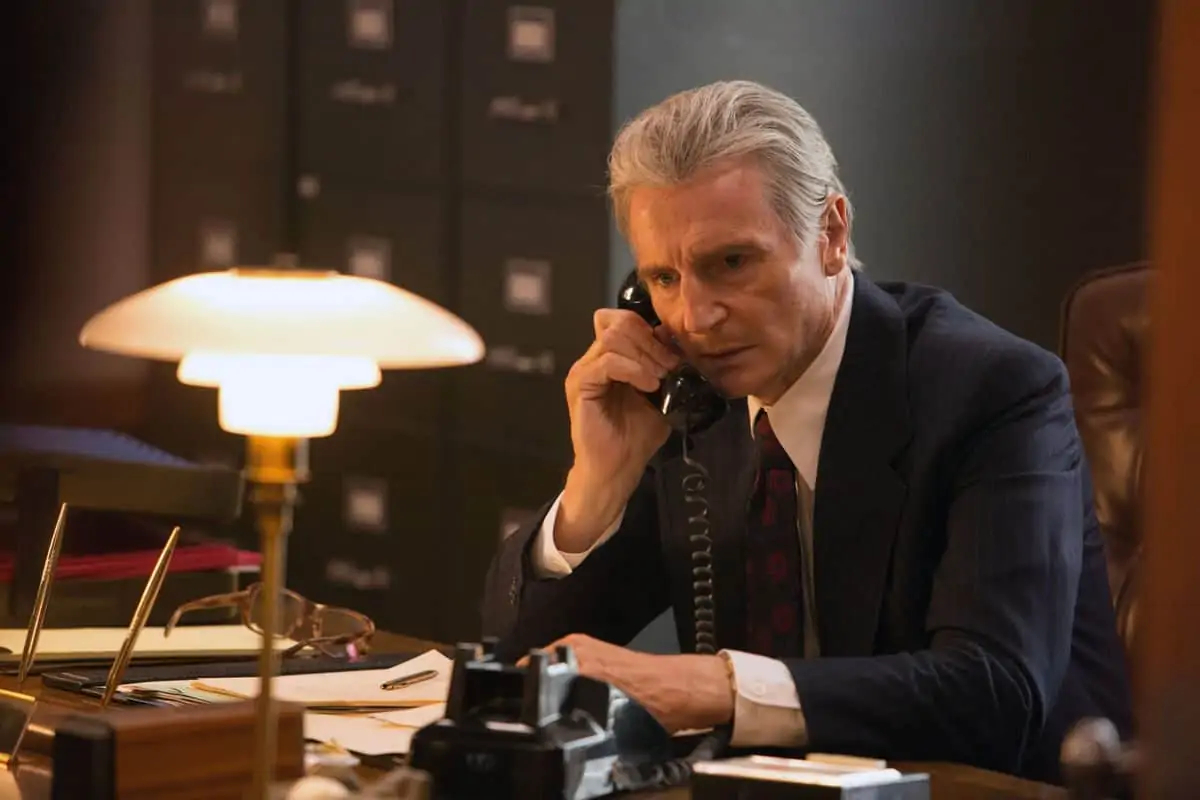The dark side
Mark Patten / Taboo
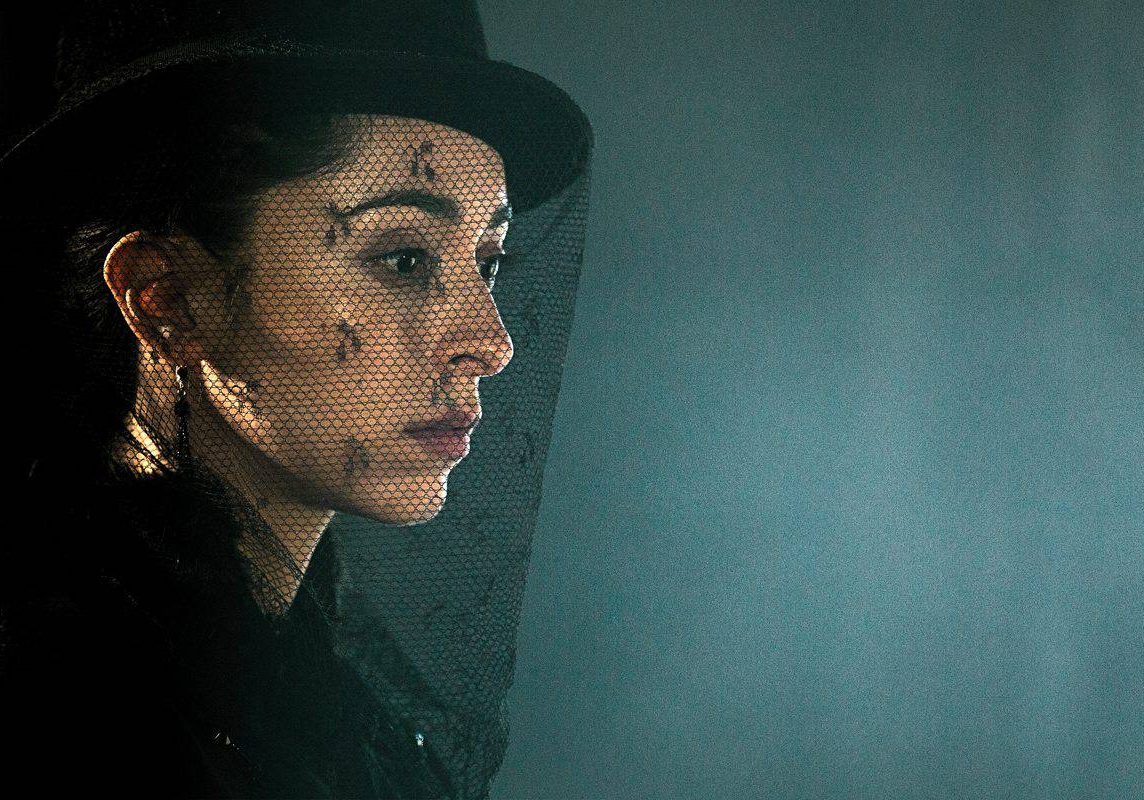
The dark side
Mark Patten / Taboo
BY: Michael Burns
How do you convey the inner turmoil of a 19th century adventurer, whilst simultaneously fleshing out his movements through the filthy streets and sumptuous rooms of Regency London?
This was the challenge for Mark Patten, director of photography on Taboo, a major BBC drama series starring Tom Hardy. The series is also executively produced by Hardy, alongside Ridley Scott and Steven Knight.
Taboo is set in the early 19th century, when James Keziah Delaney (Hardy) returns to 1814 London after ten years in Africa, to discover that he has been left a mysterious legacy by his father. Delaney finds himself in a face-off against the East India Company, whilst playing a dangerous game between two warring nations, Britain and America. Anders Engström and Kristoffer Nyholm each directed four of the eight-episode series, which was produced by Hardy, Son & Baker and Scott Free Productions.
Patten (DP Blood Orange, DP second unit on The Martian and Exodus: Gods And Kings) has previous with Scott Free. He says his involvement came off the back of his cinematography work on Morgan, a British-American science fiction horror, which marked the directorial debut of Luke Scott.
“There were three rounds of interviews,” says Patten. “After the second, I had a chance to read the script, written by Stephen Knight. It was really engaging. His writing is very immersive, very strong and visceral. It really grips you.”
Once he got the gig, Patten started to put in place all the visual aesthetics needed to tell the tale. The research began with a trip to the art gallery with director Kristoffer Nyholm. JMW Turner became an influence on the misty romantic look for London, while Caravaggio and Goya chimed with the tormented mind of Taboo’s protagonist.
“He’s a haunted man,” observes the cinematographer. “He’s persecuted by his past and subsequently his actions have brought out demons, which are very deep within him. It’s definitely drawing on the dark tones of the leading canvas artists.”
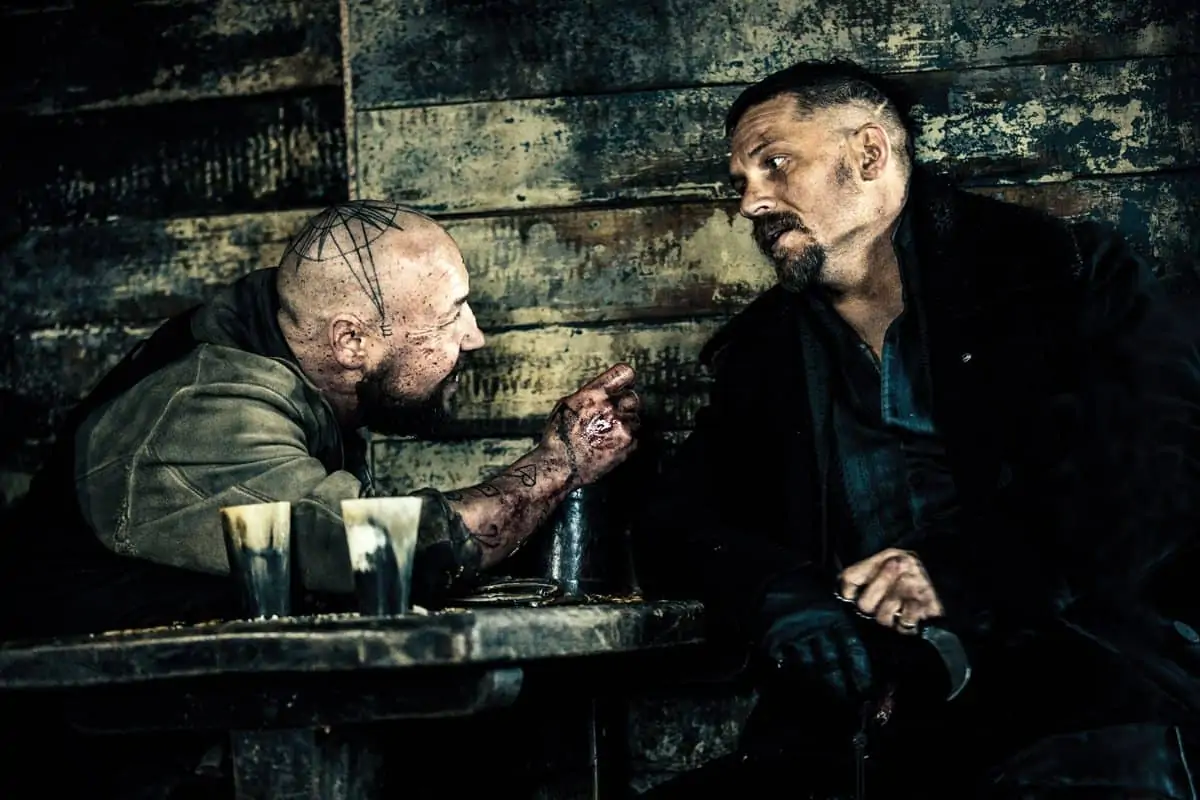
This was the first mini-series project that Tom Hardy’s company had produced, so it commanded a certain gravitas, claims Patten. “We were definitely looking at a bigger scale production, rather than a lower-end budget project.”
To recreate 1814 London, a live set was built on an old National Heritage fort in Tilbury in Essex.
“All the assets of the brickwork, the foreground, the actual vested architecture, were all in place,” says Patten. “Then, VFX house BlueBolt did an amazing job of embedding those assets, to make it look like London in this filthy, squalid time. VFX supervisor Angela Barson and various assistants were on-set throughout the process, so we could always lean on them on a daily basis for advice.”
Charlestown in Cornwall was used to shoot some of the sea scenes and boat work, whilst the location team found existing Georgian interiors and exteriors to shoot in and around London.
Lighting was also key for the look of the period, a time when gas lighting had just been introduced.
“Everything is naturally lit through the windows, so we just used big sources punching through windows for day interiors,” says Patten. “Brandon Evans and his team put together eight-lights, nine-lights, and quarter Wendys for night work, providing an overall ambience or moonlight. We were using candlelight as much as possible for those interiors – I’d have that by my camera to give texture into the skin.”
"I don’t think Taboo wanted to be just another BBC period drama. I’m hoping that narratively, visually, and stylistically, it’ll be something different."
- Mark Patten
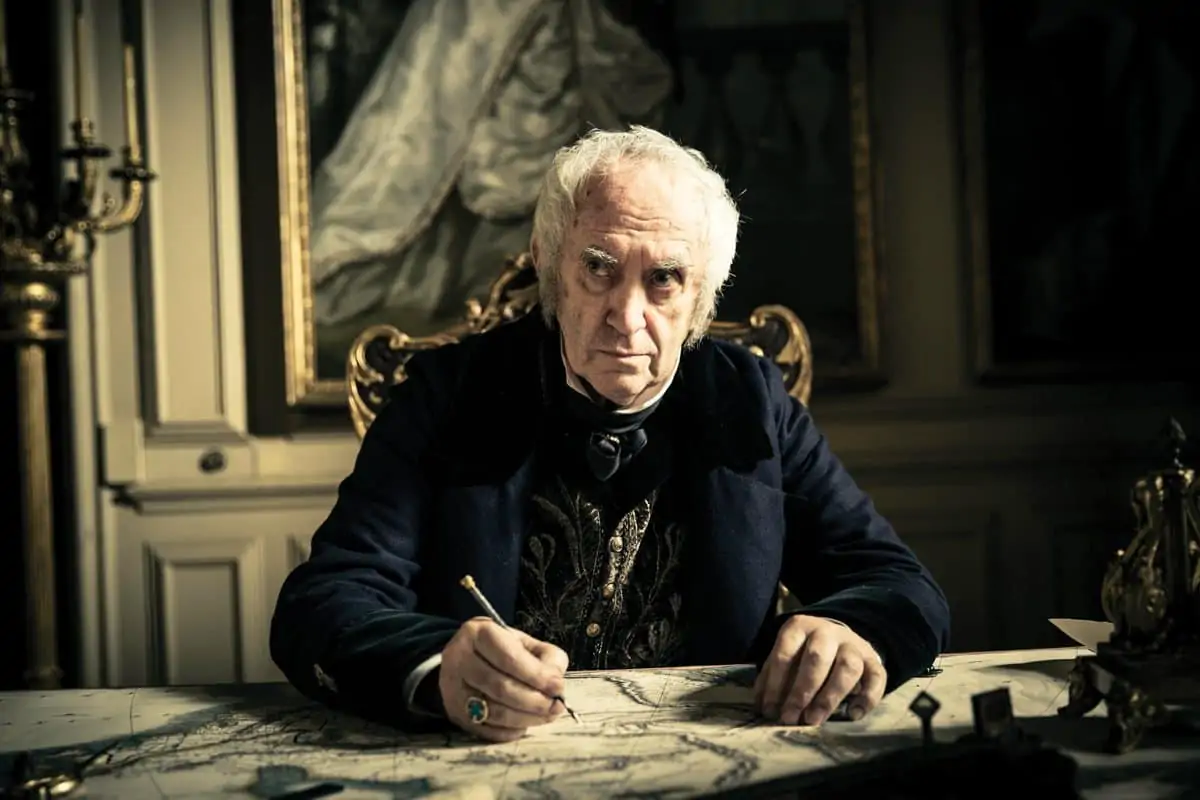
Taboo used a two-camera package for the main unit, shooting digital in 16:9 on ARRI Alexa, modified by Panavision to carry its Panavision Primo spherical lenses.
“The Primos have been used in the cinema since the ‘70s,” Patten explains. “They’ve just got a look which elevates the image to something more than what everyone just calls ‘TV’.”
“The Alexa is amazing,” he continues. “My DIT, Luis Reggiardo, who I hooked up with on Morgan, was instrumental in determining the workflow on a day-to-day basis. I like to live grade on-set. Everybody gets used to seeing how dark we can go.”
Of course production is a collaborative effort and Patten says, “Olly Robinson, the first AD, who I could not have done the show without, really helped pull the crews together. I think all the heads of departments, Sonja Klaus the production designer, Joanna Eatwell the costume designer, my gaffer Brandon Evans and camera operator Chris Bain, and all the below-the-line techs, all lent their worth to succeeding and pushing a project of this scale through to the end.”
With the two Scandinavian directors at the helm, the work ethic was just solid filmmaking according to Patten. However, Hardy oversaw a lot of the production.
“He had final say on how the look would be,” says Patten. “Tim Bricknell the producer was instrumental in those conversations as well, as he was in guiding all of the heads of department to an end point.
“Colourist Adam Glasman at Goldcrest was constantly drip-feeding imagery back throughout, and then took it upon himself to deliver a really sumptuous visual feast. I think that collaboration on-set with the DIT, and then further down the pipeline with your colourist, is a very strong triangle.”
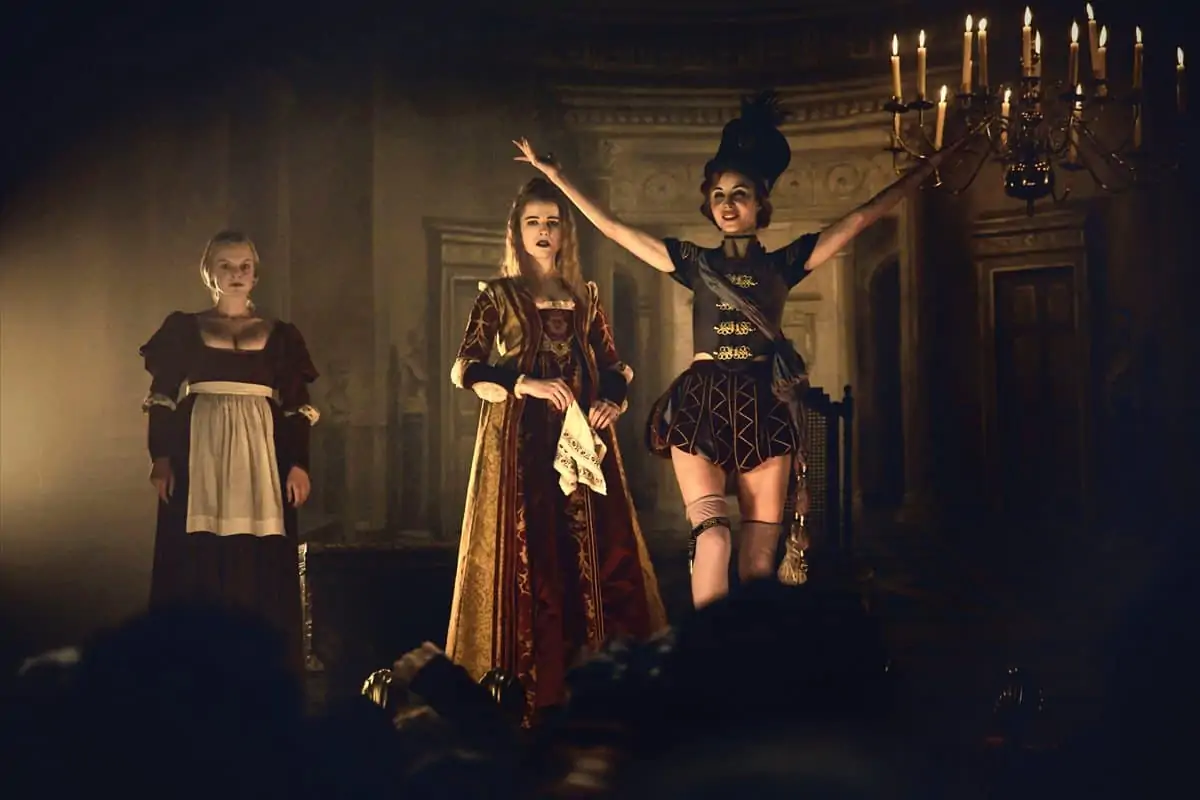
The production and costume design were also key in terms of visuals. “Sonja’s sets are just so sumptuous,” says Patten. “They were literally dripping in either dirt, or the wealth of the Prince Regent, or the decay of Delaney’s house. Joanna’s costumes took on a very dark tone, with dark browns, tans and blacks, but within the thread, within the weave of those clothes, you get a hint of colour.”
Patten was intent on capturing all of this decaying richness. “I was very much trying to complement the set, the production design, the wardrobe design and the make-up. It’s the sum of all our collaboration that ends up on the screen.”
The idea that the camera would always be over James Delaney’s shoulder, or viewing the world from behind him, led to a lot of decisions on-set.
“Obviously there are a couple of crane moves, and Steadicam on parts, but getting this general aesthetic just lent itself to solid photography,” says Patten. “The only other tool I played with, to try and get into the mind’s eye of Hardy and how he saw his character Delaney, was a really cheap plastic shift focus lens. I put it on an old DSLR and kept it always by my side, so if there was ever a moment that I could see for it, or a piece of set that caught my eye, I would just get it out and start using it.”
This approach was used in a lot of Delaney’s ‘demonised’ scenes, where he remembers the horrors that he has committed on the African continent.
“I was given complete visual control on the project, so you may as well push those boundaries to see what you can get. I don’t think Taboo wanted to be just another BBC period drama. Hopefully it won’t come across as that. I’m hoping that narratively, visually, and stylistically, it’ll be something different.”
